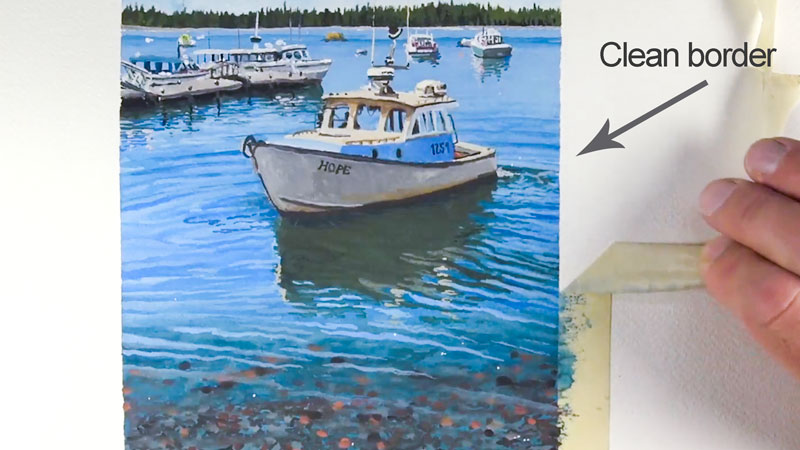
Masking tape, however, has a nasty little habit of tearing the paper when removed. In fact, I’ve even seen it damage the artwork itself. It’s happened to me before. It’s quite depressing to spend countless hours on a drawing or painting with a taped border, only to pull the tape away and watch some the medium and paper leave with it.
Sure, speciality tapes are available. Painter’s tape, “Artist’s” tape, and drafting tape are all viable choices. But even these tapes can destroy the surface and some are simply too weak to block out the medium enough to create a strong border.
So what’s the solution? How do we get those clean borders without the constant fear of the tape ruining our surface. In today’s quick tip, I’ll share with you two things you can do to keep that tape in place and remove it completely without it ruining your day.
Tape Your Pants
The tape that you use needs to be adhesive enough to make a strong connection to the drawing surface, but not so strong that it removes the paper. So, we need to find a happy medium of adhesion.
Cheaper, lower quality tapes will almost always have too much adhesion with very little paper backing. When lower quality tapes are used, they are very difficult to remove. They tear easily and remain stuck to the paper. These masking tapes will almost always destroy your paper, no matter what steps you take to prevent this. Spend a few cents more and buy a higher quality roll of tape. Higher quality tapes have a little more paper backing and are much easier to remove.
Since we need the adhesion to be just slightly less effective, we need to remove some it before applying it to the surface. This is easily accomplished by taping your pants, shorts, or another article of clothing. The lint from your article of clothing will be picked up by the sticky side of the tape, reducing its “adhesive effectiveness”. Don’t worry, there’s still plenty of adhesion left to create those clean edges.
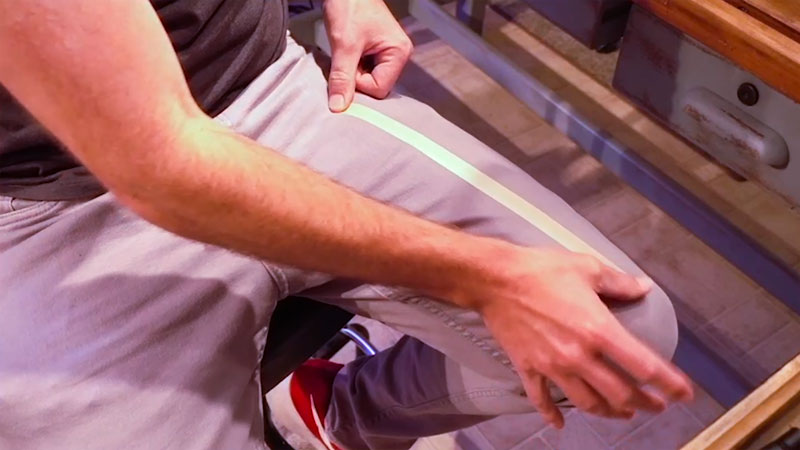
Pull Away at a 90 Degree Angle
The second tip deals with the manner in which the tape is removed. It’s easy to get so excited to see that border, that you pull away the tape quickly without much thought as to how it’s removed. If you pull the tape too quickly though, you’re likely to tear the paper. Instead, pull the tape slowly and gently and let it release from the surface gradually.
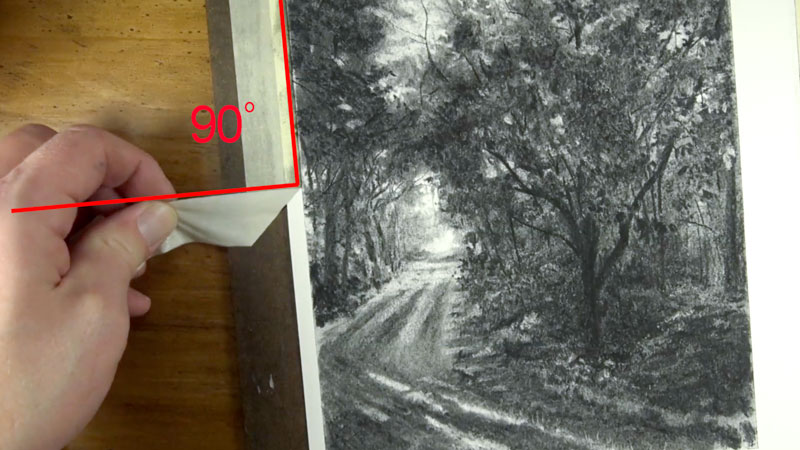
Also consider the angle at which you pull the tape from the surface. Instead of pulling the tape along the same direction in which it is applied, pull away in a perpendicular fashion. This creates a 90 degree angle between the tape and the direction that you are pulling outward. This action releases the tape away from the artwork. In the event that the tape does happen to pull up some of the paper, you can be assured that it won’t damage the art as well.
Longer Drawings and Paintings
Most, if not all, generic masking tapes are not acid-free or archival. For drawings and paintings that are completed within a few days or even a week, this is likely not going to be an issue. But for drawings and paintings that may take longer to complete, you may want to purchase a masking tape that is acid-free. Most masking tapes that are produced specifically for artists are acid-free. If you generally spend several weeks on a drawing or painting and need the tape to stay in place over this period, then it’s worth the extra investment to ensure that your paper is protected.
It Can Still Happen
Even when these steps are taken, the tape can still remove small bits of the paper. But, if you are careful and reduce the adhesion prior to applying to the surface, then tearing of the paper almost never happens.
If so, join over 36,000 others that receive our newsletter with new drawing and painting lessons. Plus, check out three of our course videos and ebooks for free.
Lesson Discussion
Comments are closed.


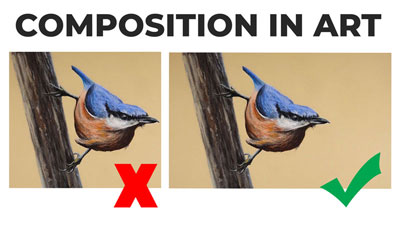
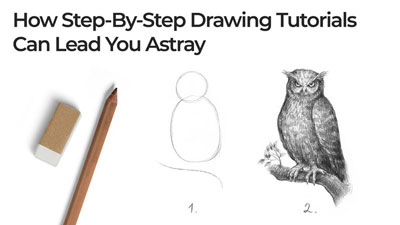


Thanks for the tip. I wish I would’ve watched this before I ripped my paper…grrrr!!